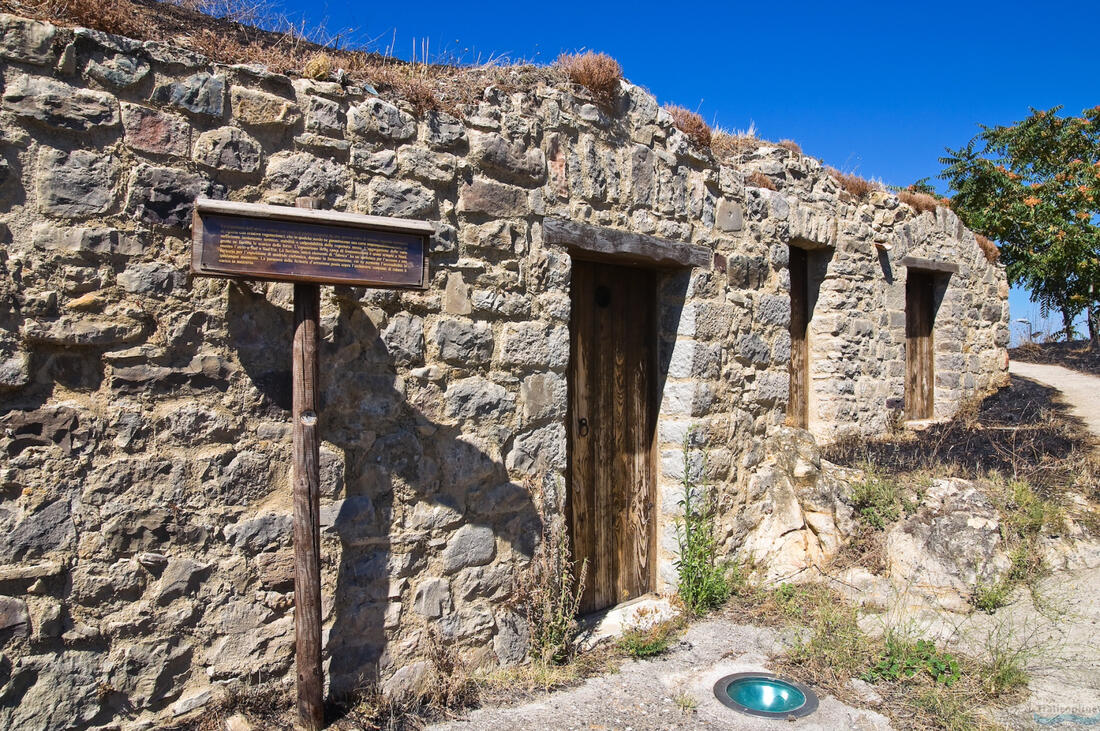The Palmenti di Pietragalla probably date back to the Middle Ages, although some sources suggest they may be even older. They were probably built by the French from Provence, where similar structures also exist, during the occupation of Puglia and Abruzzo between 1528 and 1798. These stone presses were used by local winemakers to make wine for centuries. Each press is carved into the rock and consists of several compartments that were used for the different stages of wine production, from crushing the grapes to fermenting the must.
These presses are not only technical devices but also a cultural heritage that reflects the traditions and lifestyle of the people of Pietragalla and the surrounding areas. wine production has been a key part of the local economy and culture, and the Palmenti di Pietragalla are tangible proof of this rich history.

Each palmento is unique, but most have a similar basic structure. They consist of a carved trough where the grapes were crushed and smaller tanks where fermentation took place. These stone structures are a testament to the skill and knowledge of ancient craftsmen who were able to use the natural environment to create functional and durable presses.
Some of these presses are connected by channels that allowed the transport of must between the different parts of the palmento. This elaborate architecture shows the sophistication of the winemaking techniques used in this area.
Today, the Palmenti di Pietragalla are an important tourist attraction and a place that attracts visitors from all over the world. Visitors can explore these historic presses and learn more about the traditional wine-making methods that have been used for centuries. Tours often include demonstrations of ancient winemaking techniques and tastings of local wines.

The local administration and cultural organisations are working to preserve and promote this unique heritageand therefore regularly organise various events, festivals and educational programmes focusing on the Palmenti di Pietragalla.
Palmenti di Pietragalla is not only a historical site but also a symbol of the cultural identity and economic development of the region. The revival of interest in traditional winemaking methods has helped local winemakers to revive some ancient techniques and to start using them again in the production of modern wines. This return to their roots has helped raise the profile of local wines at national and international level.







